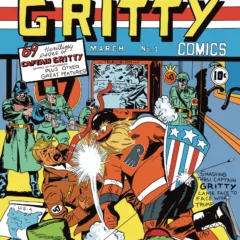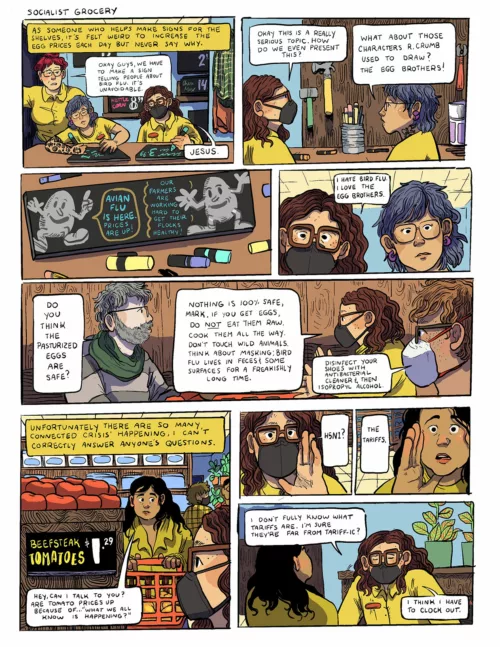“The Keeper,” the recently closed multi-floor exhibition at New York City’s New Museum, seeks to unravel the mystery of compulsive artistic creation and collection. The show comprises a wide range of media, including sculpture, paintings, illustrations, and photographs. It also includes a smattering of non-art objects, such as clothes, rocks, and found objects. According to an estimate by Artnet, the exhibition showcases over half a million objects by 30 artists and collectors.
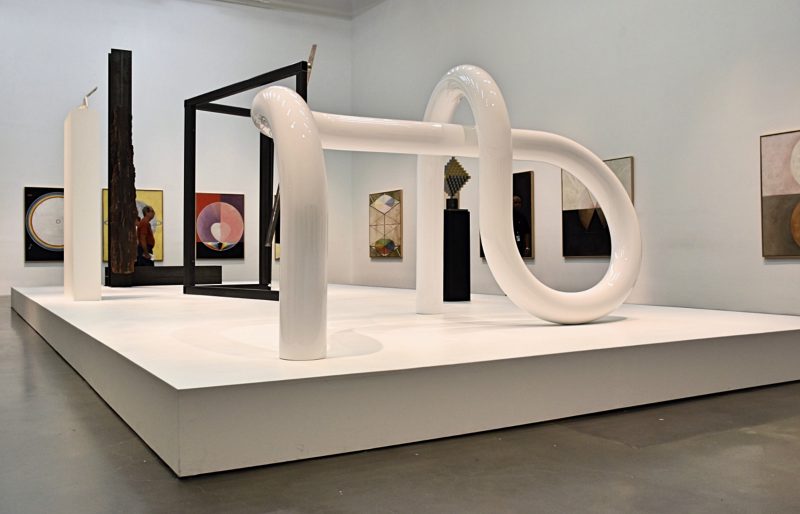
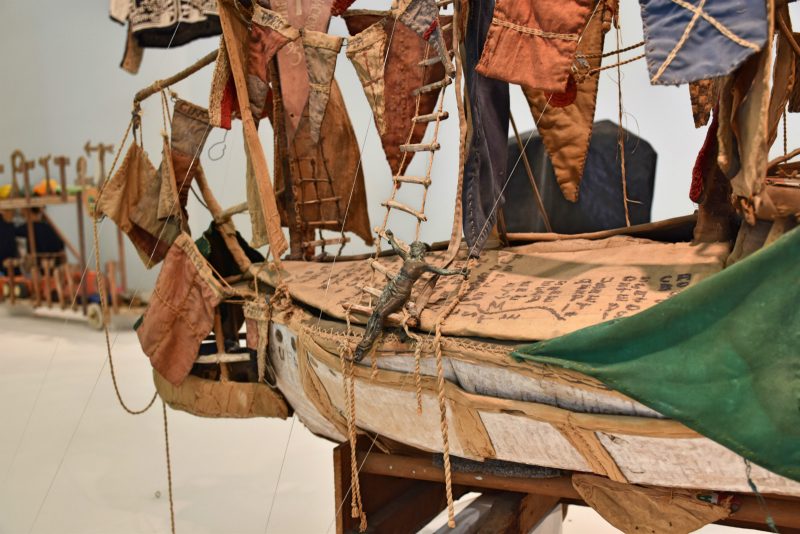
A handful of recurring motivations and phenomena punctuate the exhibition, demonstrating a continuity of spirit shared among the disparate archives.
Madness and making
The specter of insanity is one such reason for what Curator Massimiliano Gioni calls the “unreasonable acts” of creation and preservation. This reason may be the most tantalizingly voyeuristic for the viewer. In both Vanda Vieira-Schmidt’s “Weltrettungsprojekt [World Rescue Project]” and the collected works of Arthur Bispo do Rosário, the viewer gets a glimpse into disordered minds.
![Compulsion and Creation – The Keeper at the New Museum 3 Vanda Vieira-Schmidt’s “Weltrettungsprojekt [World Rescue Project]. Image courtesy of the New Museum.](https://www.theartblog.org/wp-content/uploaded/2016/10/Gibertini_Keepers7-800x576.jpg)
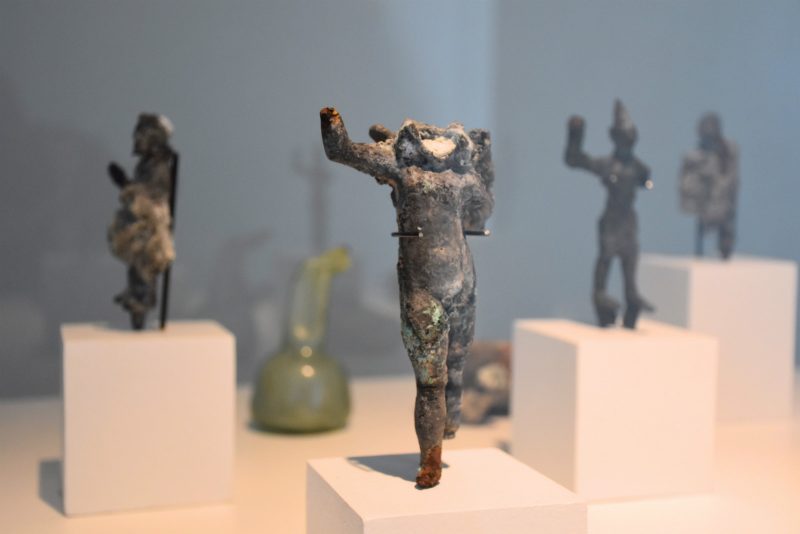
In a post-Duchampian world, where any individual object can be considered art, collections can fit into that flexible definition as well.
Wonder and grief
I would guess that most people’s collections are less the product of high-minded musing than of emotion. Two collections in “The Keeper” engage with the emotional worlds of both the preservers and the viewers, calling forth conflicted feelings of wonder and grief. I will discuss one of them.
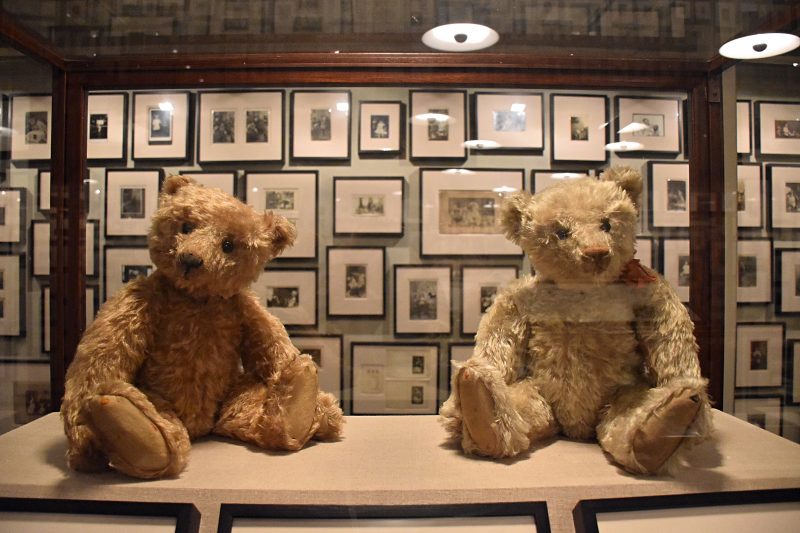
Ydessa Hendeles’ “Partners (The Teddy Bear Project)” aims to demonstrate how the power of art can heal, or hope to heal, a historical trauma. Hendeles’ “Partners” is a two-story installation of 3,000 photographs, all of which feature a teddy bear. The photos are mainly black and white and come from countless family archives. Although she does not consciously insert autobiographic details into her work, Hendeles is a child of two Auschwitz survivors and channels a feeling of unknowable woe into “Partners.” The installation’s almost saccharine fixation on the teddy bear as a symbol of innocence counterintuitively serves to bring the horrific violence and loss of the 20th century to forefront of the mind. Simultaneously, the purity of these images cannot help but make the viewer smile. It is that blend of wistfulness and sweetness that may be able to heal the trauma of the past for some.
A final point to make about “The Keeper” is its physical location. The New Museum focuses on contemporary art and so is a non-collecting institution. The irony of showcasing an exhibition totally dedicated to the act of preservation in a non-collecting institution initially strikes me as humorous. But it also carries a feeling of nihilism to it, as if to say: Nothing lasts; the art that was preserved by people guided by an unexplainable ferocity will ultimately disappear from this space, as well.



